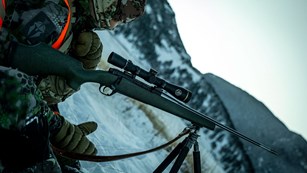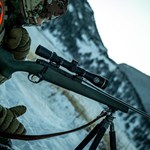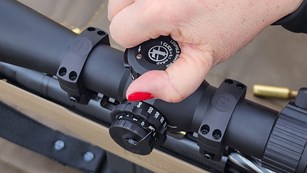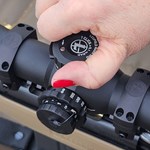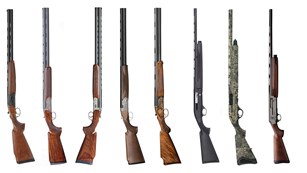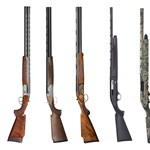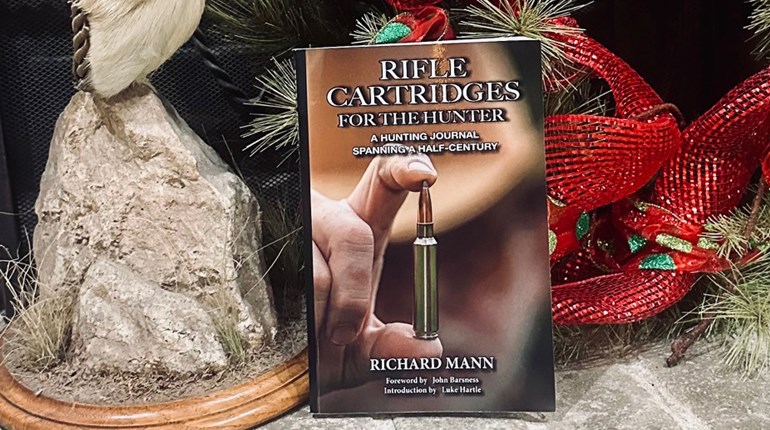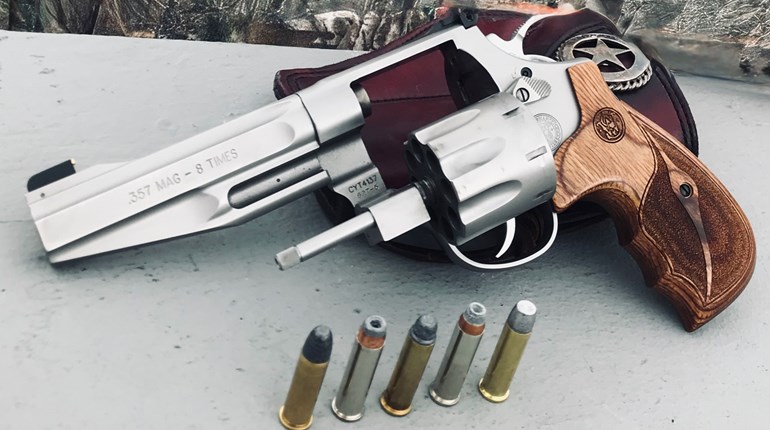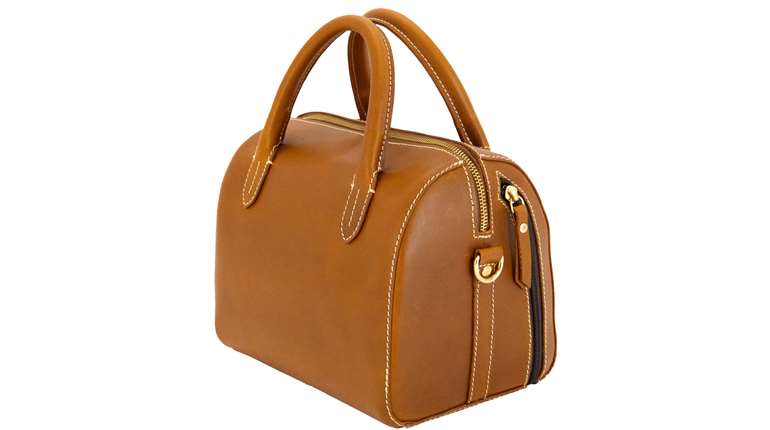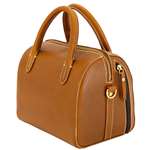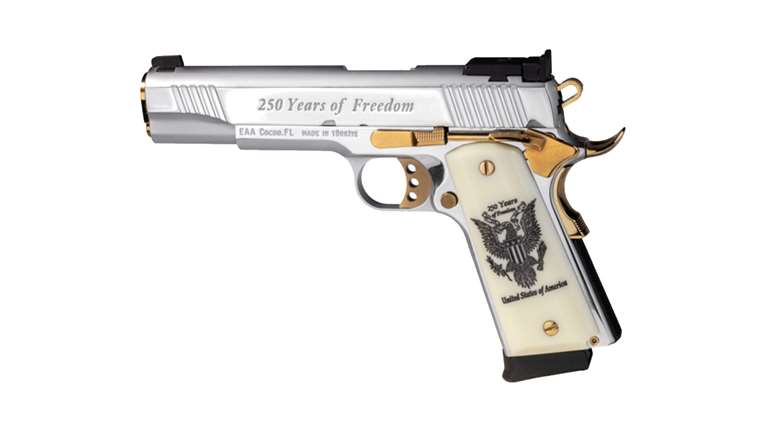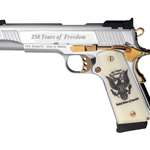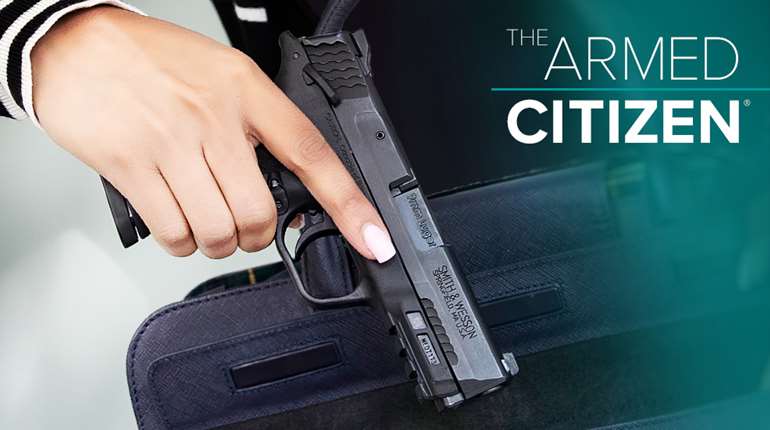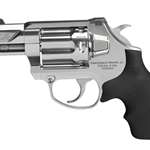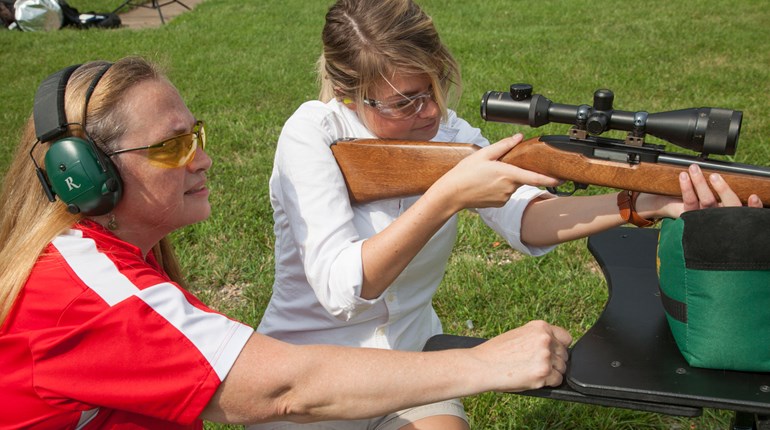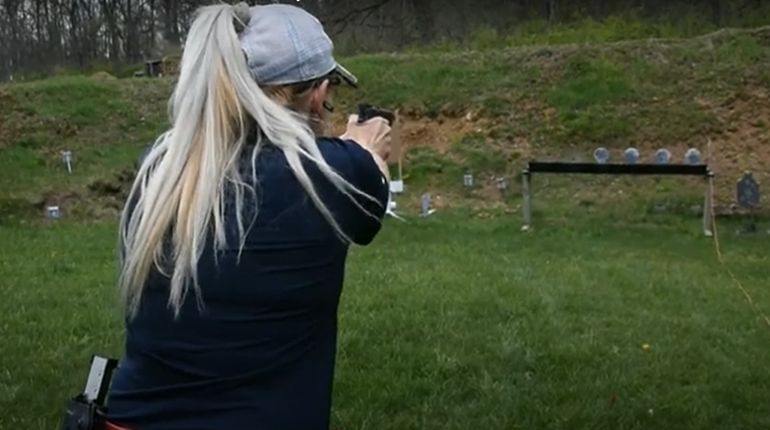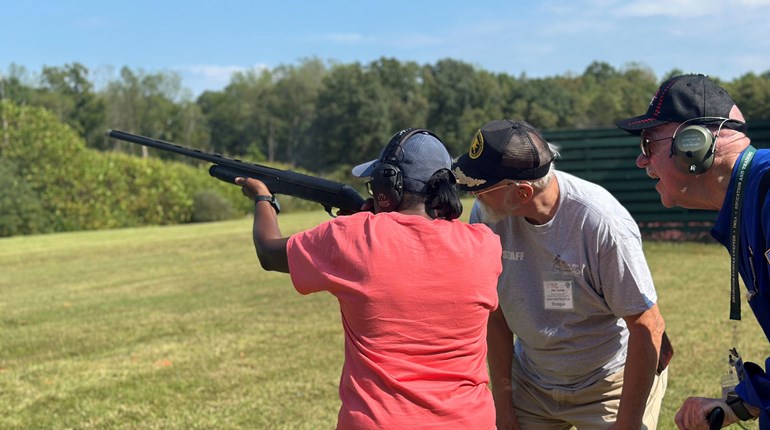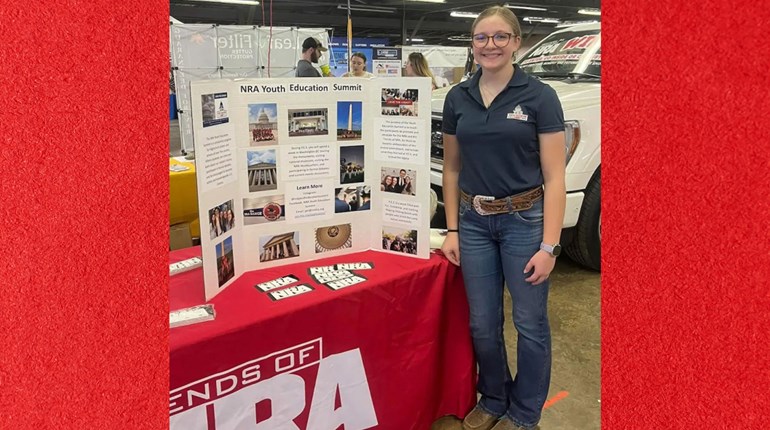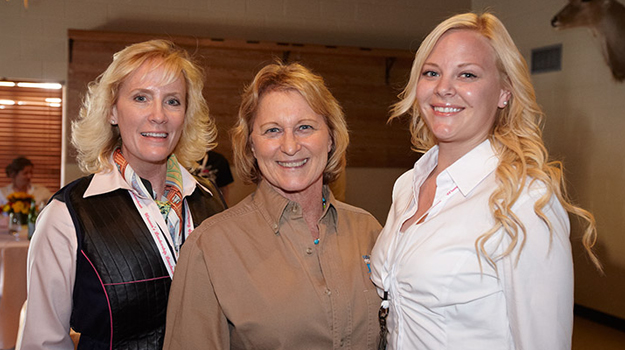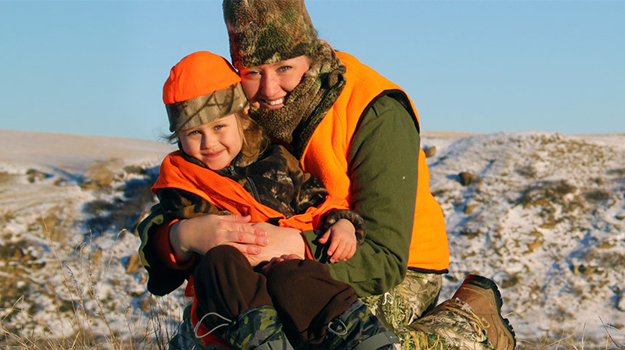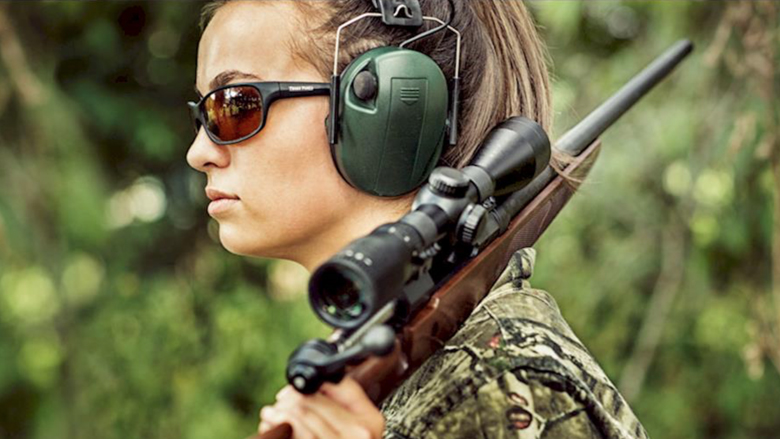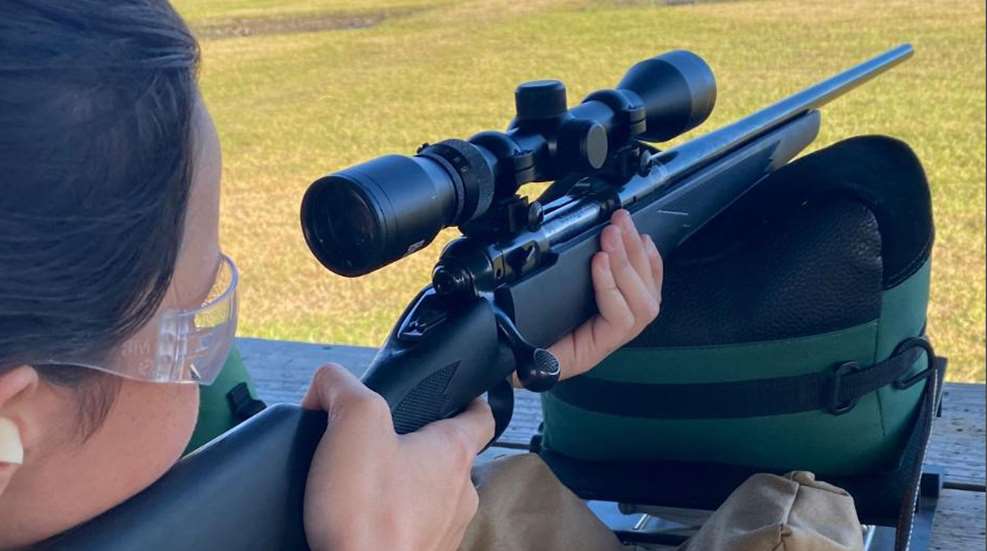
]While actual recoil is measurable, felt recoil is extremely subjective. It does not matter what the actual recoil is, it is the perceived recoil that the shooter experiences. Recoil is the “kick” or “push” of the firearm that the shooter feels immediately after the trigger is pressed and the shot is taken. Since felt recoil is subjective, some shooters can handle the felt recoil of a specific gun and caliber combination better than other shooters can.
To understand recoil, the shooter must understand the physics relating to shooting. in his In 1687 scientist Sir Isaac Newton taught us, “every action has an equal and opposite reaction.” In his work, Philosophiae Naturalis Principia Mathematica, Newton introduced the Three Laws of Motion.
These laws can easily be applied to shooting. When a shooter pulls the trigger and the firing pin strikes the primer of the cartridge case, the expanding gases that propel the bullet down the barrel and out the muzzle exert an equal amount of force through the firearm and into the shooter.
The First Law of Motion
The First Law of Motion applies to a motionless firearm and a projectile of a gun at rest, and then what happens to the projectile after it leaves the barrel of the gun.
The First Law states that “unless a body is acted upon by force, a body in motion tends to remain in motion and a body at rest tends to remain at rest.” Sir Newton incorporated Galileo Galilei’s Law of Inertia in his first law of motion. This means that an object in motion is affected by gravity and friction.
This relates to shooting in several ways. According to the First Law of Motion, a firearm at rest has no forces acting upon it, until that firearm is discharged. Once the firearm is discharged, the projectile, as soon as it leaves the barrel, is acted upon by the forces of gravity and friction. Friction is the object being the target, or the ground that slows down or ultimately stops the projectile.
The First Law of Motion dispels the myth of the rising bullet. This means that the bullet can never rise above the plane of the barrel. As soon as the projectile leaves the barrel, gravity naturally begins to pull it downward. On another note, if a projectile is shot out of a firearm in a vacuum, the projectile would travel at the same velocity for infinity, or until it encounters some sort of gravitational pull or strikes another object.
The Second Law of Motion
The Second Law of Motion applies to the performance of a bullet that can occur in relation to its weight and velocity.
The Second Law of Motion is quantitative description after a firearm is discharged. This Law explains the changes that a force can make on a body in motion. When a motionless body experiences force, it accelerates (produces velocity) in the direction of the force. The formula of this Law is usually shown as F=ma, “F” equals force, “m” equals mass, and “a” equals acceleration.
The application of Sir Newton’s Second Law of Motion can best be explained using the analogy of discharging two projectiles of different weights: a lighter bullet vs. a heavier bullet. Assuming all other variables are the same (weight of firearm, type of bullet, barrel lengths, powders, etc.) to get the two projectiles to travel at the same speed, it takes more force (or gun powder) to make the heavier bullet travel the same speed as the lighter bullet. This is because a heavier bullet has more mass than a lighter bullet.
Similarly, the Second Law of Motion dictates what happens when the heavier bullet and the lighter bullet, both traveling at the same velocity, hits their intended target. The heavier bullet will hit the intended target with more damaging force than the lighter bullet. To see this in the formula, F=ma, or the force is equal to its mass and acceleration. In other words, terminal damage can be determined by the size of the bullet (grains) and its speed (velocity).
The Third Law of Motion
The Third Law of Motion relates to the actual recoil and felt (perceived) recoil the shooter feels when he or she discharges a firearm.
The Third Law of Motion states that when two bodies interact, the forces that are experienced by both are equal in magnitude and reaction. This Law is often referred to as “the law of action and reaction.” This means that any force that is applied to one body will cause the second body to react. This is like a shock absorber. Without the second body reacting to the first body, the second body would become damaged or broken.
This refers to the backward motion of the firearm and the shooter when a force is applied in the opposite direction. This means that when a projectile leaves the barrel of a firearm, there must be equal force on the gun and in turn, the shooter’s shoulder (when shooting a rifle or shotgun). When a firearm is discharged, the gun must be forced rearward (recoil) which forces the shooter’s shoulder to move rearward as well. If the gun and the shoulder do not react by moving rearward, the gun and shoulder could become damaged or broken.
Shooting a firearm is no more than putting the Laws of Motion into practice. These Laws are directly related to the felt recoil experienced by a shooter. By understanding Sir Isaac Newton’s Three Laws of Motion, we can determine which bullets, weights, and felt recoil we are able to bring together to make educated decisions on things such as bullet types, bullet weights, velocities, and recoil.
Physics rules our lives. It affects everything we do from getting out of bed in the morning, performing specific tasks throughout the day, and returning to bed at night. It comes down to educating yourself when deciding which firearm best meets your needs. Education makes us all a safer, more knowledgeable and informed shooter. Ultimately, education makes us all a better advocate for the Seconda Amendment!
